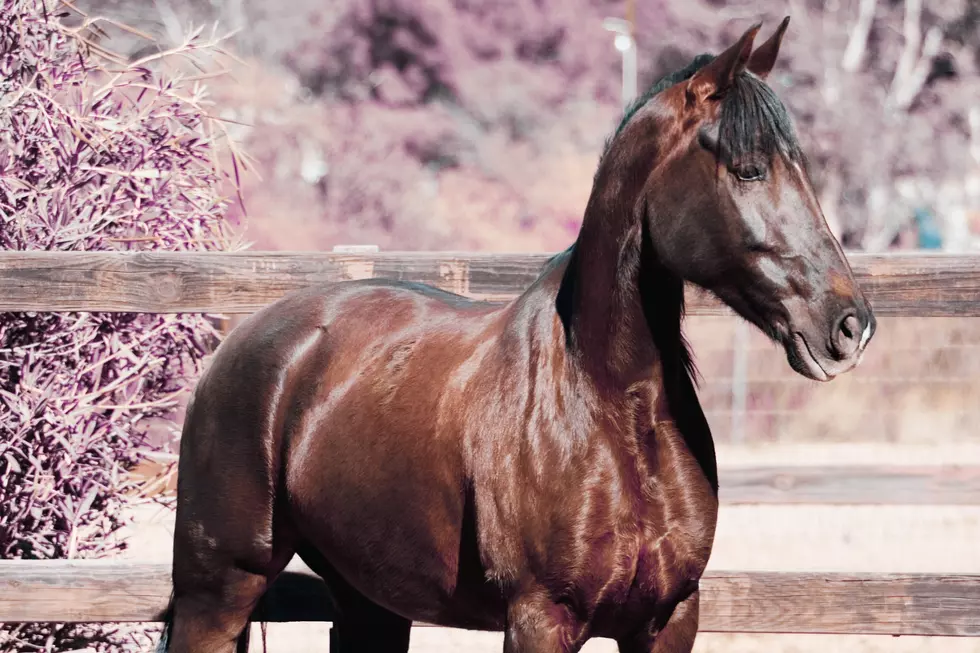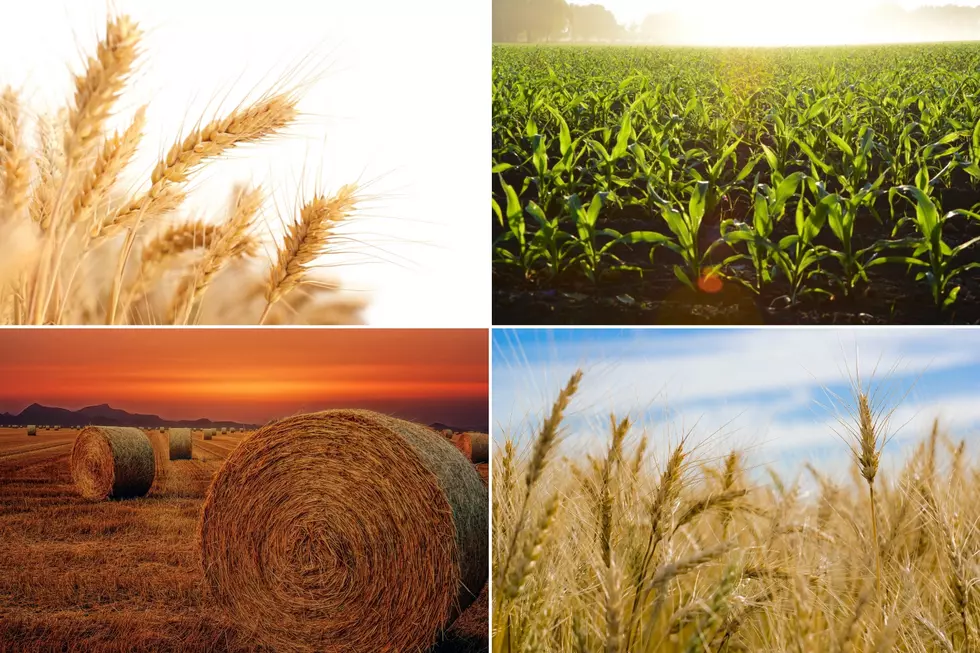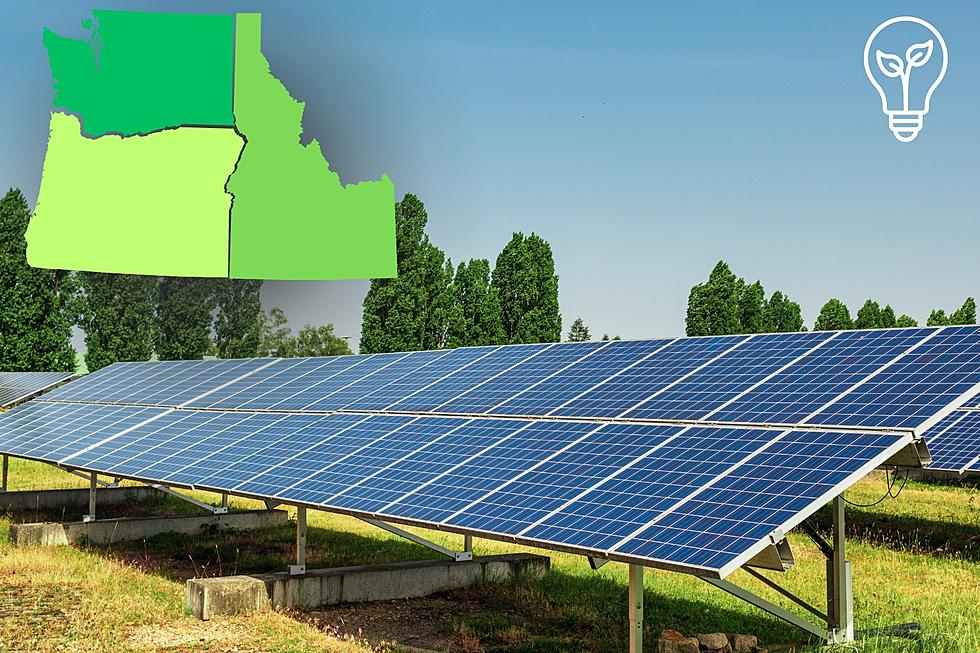
Oregon Receives $5 million For Conservation Partnerships
On Thursday, the USDA announced three conservation projects in Oregon will share more than $5 million in RCPP funds.
Over $990,000 will go to the Three Sisters Irrigation District in Central Oregon, to establish multiple innovative projects to mitigate drought, improve water quality, and quantity and improve fish habitat.
Two Northeast Oregon projects will receive funds.
The Nature Conservancy in Wallowa County will net nearly $3.2 million to maintain and improve soil health through innovative on-farm practices and permanent easements.
Also, the Blue Mountains Vegetative Health Initiative has been awarded over $1.1 million to improve forest conditions, increase stream flows and improve fish habitat near the Malheur National Forest.
Partners have proposed to contribute up to an additional $10 million.
“We’re excited to work with our partners to expand our mission of conservation through strategic investment,” said NRCS State Conservationist Ron Alvarado. “These partnerships will lead to cleaner, more abundant water, improved soil health, enhanced wildlife habitat and endangered species recovery, and stronger rural economies.”
Nationally, USDA announced that 88 high-impact projects across the country will receive $225 million in federal funding. In addition, partners have proposed to contribute up to an additional $500 million to improve the nation's water quality, combat drought, enhance soil health, support wildlife habitat and protect agricultural viability.
Here is additional information on the three projects selected for funding:
Three Sisters Irrigation District Innovation
NRCS Investment: $990,604
Lead Partner: Three Sisters Irrigation District
The Three Sisters Irrigation District in Oregon with government, private industry and nonprofit partners will implement multiple innovative projects to mitigate drought, improve water quality/quantity and improve fish habitat. The project includes the completion of piping Three Sisters Irrigation District Watson McKenzie Main Canal with two HDPE side-by-side buried, resulting in the conservation of 800 acre feet of annual canal seepage loss. The on-farm component of this project will encompass 61 projects, over 1500 acres, in the Upper District. The program will allow farmers in the Upper District to pipe private laterals, thereby providing access to pressurized water from the District’s pipeline. Pressurized water will eliminate electrical pumps that use over 2.5 million kWh of electricity annually. A feasibility study will be conducted to determine the potential for 60 on farm hydro net metering projects. This project will allow TSID to mitigate drought by piping the District.
Conservation of Soil Health in Wallowa County, Oregon
NRCS Investment: $3,194,400
Lead Partner: The Nature Conservancy
Through the conservation project, the Nature Conservancy and partners will maintain and improve soil heath in targeted areas of Wallowa County, Ore., through innovative on-farm practices and permanent easements. The project capitalizes on the strengths of three well-respected organizations who have a history of working with local producers, the Natural Resources Conservation Service and each other. The project will target the use of NRCS financial assistance to address multiple resource concerns, including soil health, habitat, water quantity/quality and climate change resilience.
Blue Mountains Vegetative Health Initiative
NRCS Investment: $1,195,890
Lead Partner: Grant Soil and Water Conservation District
The Blue Mountains Vegetative Health Initiative will improve forest conditions, increase streamflows and improve instream listed fish habitat on private lands near the Malheur National Forest in Oregon. The project will be modeled after the Blue Mountains Forest Partners, a key partner in this effort, after their treatment of Malheur National Forest timber areas for fire resiliency. The project partners expect to complete two thousand acres of pre-commercial thinning in conifer stands and one thousand acres of juniper removal over a five year period. The partners will prioritize treatment area using a GIS-based selection process similar to the one successfully developed by the U.S. Forest Service. Finally participating landowners and partners will develop prescribed grazing to ensure long-term management of the treatments.
If you have a story idea for the Washington Ag Network, call (509) 547-1618, or e-mail gvaagen@cherrycreekradio.com
More From PNW Ag Network









